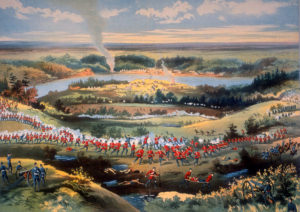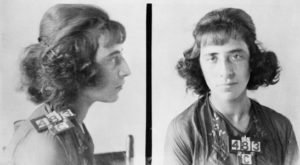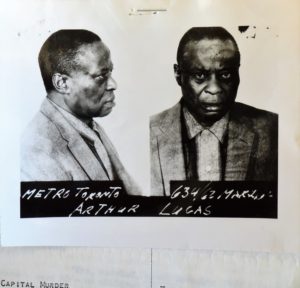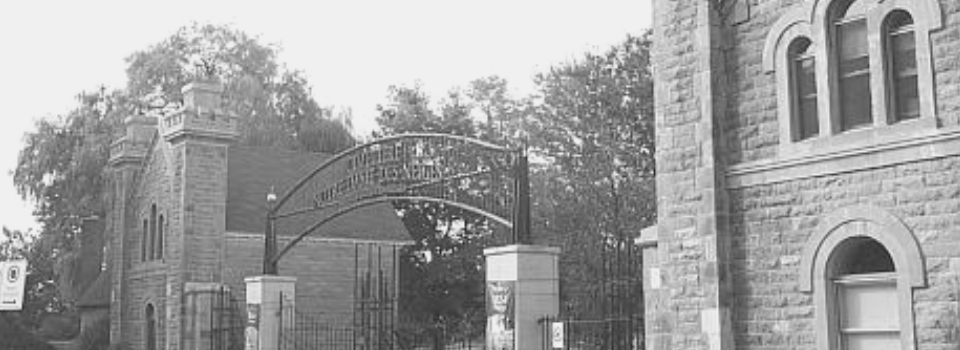MEMORABLE MAY MOMENTS
To mark the May rollout of my new website, here are a few memorable May moments from my Horrible History of Hanging in Canada:
-
- May 3, 1867: Ten thousand people turned up at the public hanging of Modiste Villebrun of St-Zephirin, Quebec, convicted of poisoning his lover’s husband. Even though this execution took place two months before the actual date of Confederation on July 1, 1867, it is officially listed as the first hanging in the newly formed Dominion of Canada.
-
 May 12, 1885: Métis and First Nations rebel forces led by Louis Riel were defeated by Canadian government troops at the Battle of Batoche in Saskatchewan, and the Northwest Rebellion was over. Louis Riel was arrested by the North-West Mounted Police a few days later. He was tried for high treason, found guilty and hanged in November of that year.
May 12, 1885: Métis and First Nations rebel forces led by Louis Riel were defeated by Canadian government troops at the Battle of Batoche in Saskatchewan, and the Northwest Rebellion was over. Louis Riel was arrested by the North-West Mounted Police a few days later. He was tried for high treason, found guilty and hanged in November of that year.
-
 May 2, 1923: Emilio Picariello and Florence Lassandro were hanged for the murder of Steve Lawson, a constable with the Alberta Provincial Police. Lassandro worked for Picariello, a notorious rum runner during the dark and desperate days of Prohibition in Canada. She became the first, and last, woman ever to be hanged in Alberta.
May 2, 1923: Emilio Picariello and Florence Lassandro were hanged for the murder of Steve Lawson, a constable with the Alberta Provincial Police. Lassandro worked for Picariello, a notorious rum runner during the dark and desperate days of Prohibition in Canada. She became the first, and last, woman ever to be hanged in Alberta.
-
 May 10, 1962: Arthur Lucas, an African-American gangster, was convicted of the murder of Therland Crater, a police informant from Detroit. In spite of the fact that the case against him was purely circumstantial and seriously flawed, all appeals failed. Lucas was executed in a double hanging at the Don Jail on December 11. This was the last execution ever to take place in Canada.
May 10, 1962: Arthur Lucas, an African-American gangster, was convicted of the murder of Therland Crater, a police informant from Detroit. In spite of the fact that the case against him was purely circumstantial and seriously flawed, all appeals failed. Lucas was executed in a double hanging at the Don Jail on December 11. This was the last execution ever to take place in Canada.


